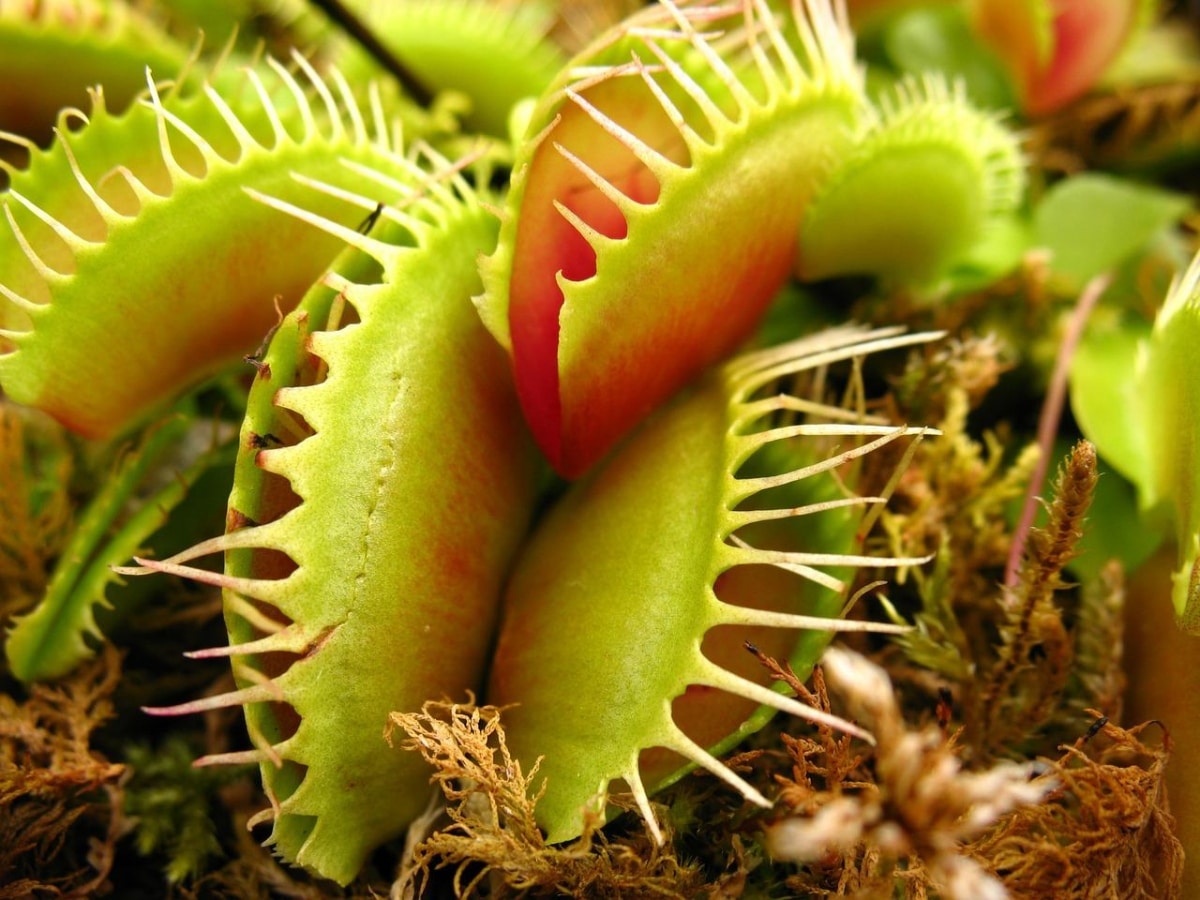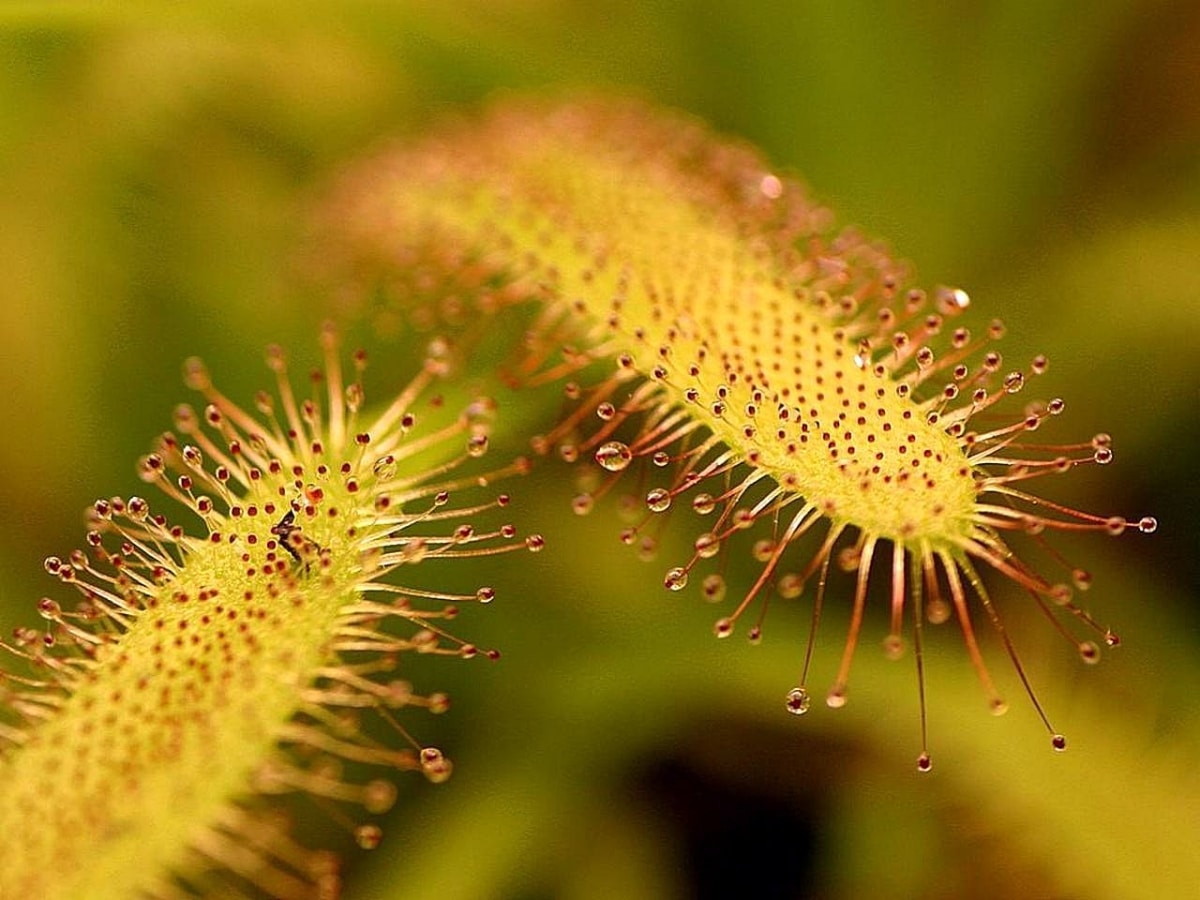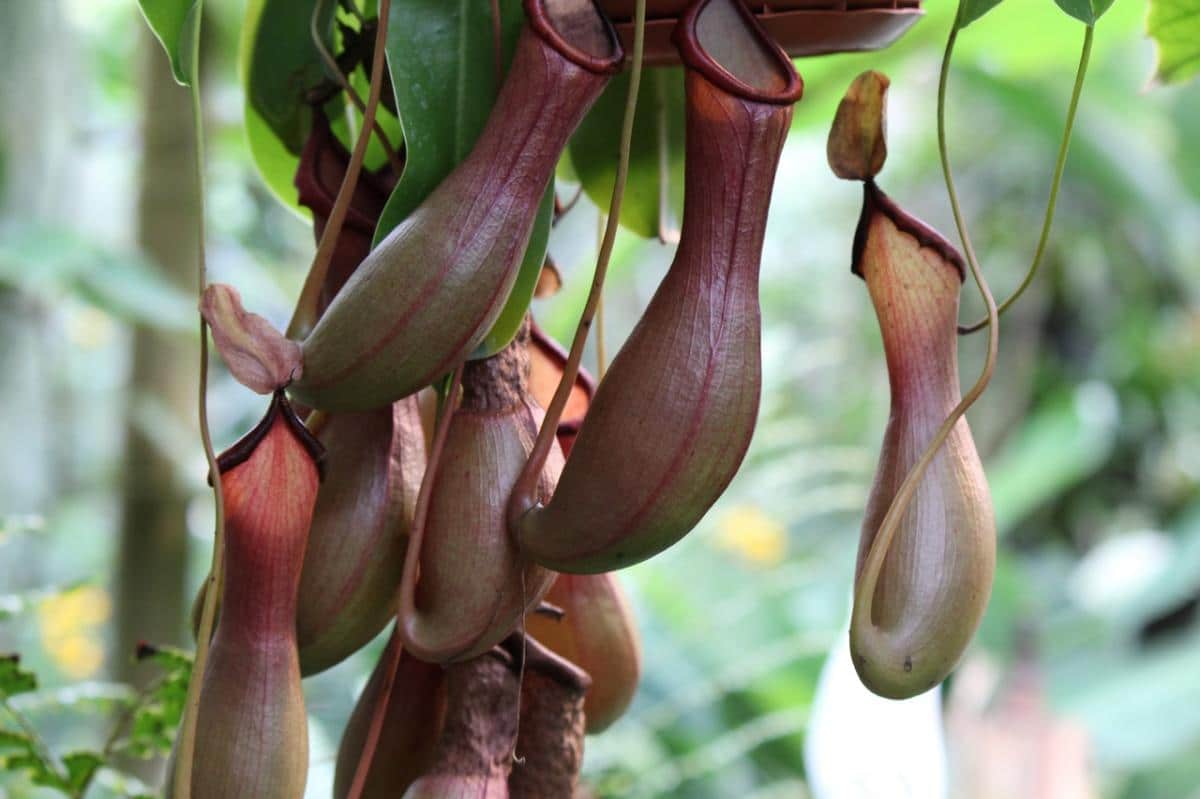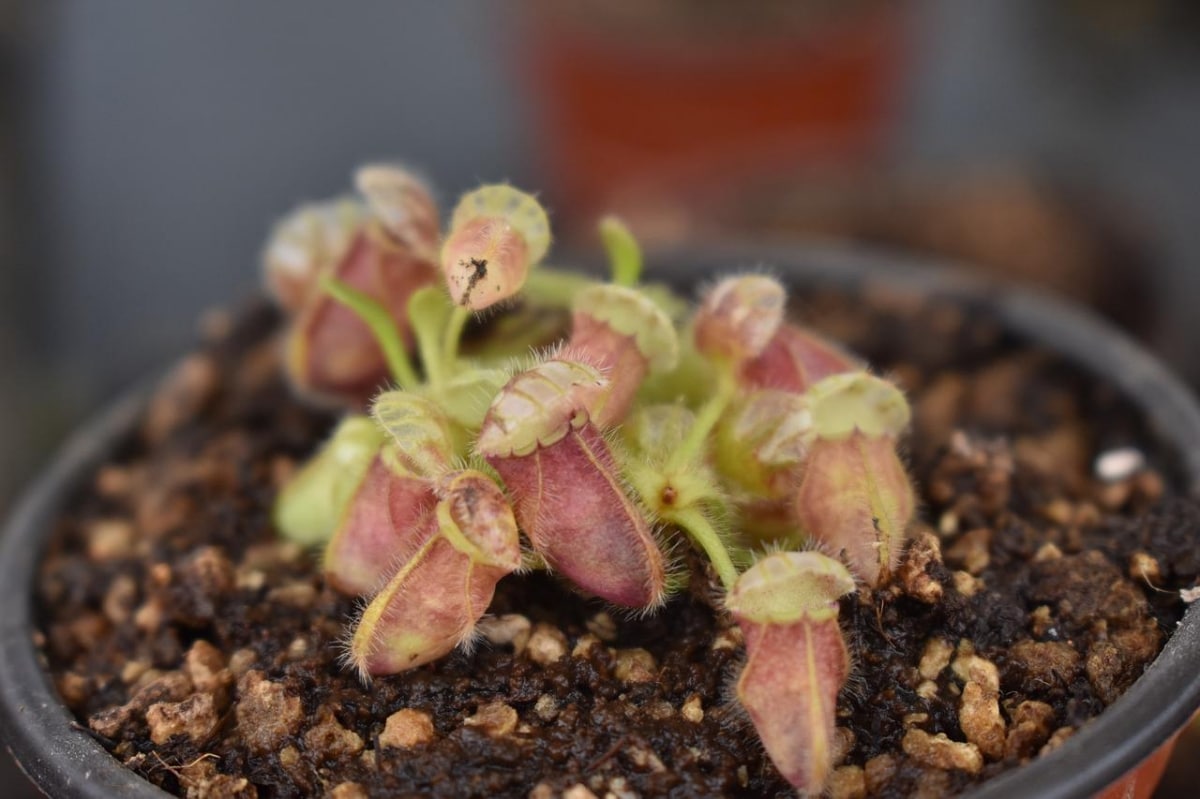
Carnivorous plants attract a lot of attention. This is a fact. Whether they have traps that look like mouths, leaves with a sticky substance called mucilage, or vases filled with water, each and every one of them is so curious that it's easy to want to buy one. The problem is that the care they need is different from that required by common plants, so they are not easy to maintain.
And it is that, for example, if we put a soil rich in nutrients or water them with alkaline water, their roots will suffer significant damage, since they are not programmed to absorb nutrients directly. So that, Let's see how to know if a carnivorous plant is dead, and what to do to recover it.

To know if a carnivorous plant is going through a bad time, we simply have to observe it and see what symptoms it has, which can be one (or several) of these:
- Brown or black leaves
- Bad traps for no apparent reason
- You don't see growth
However, this does not always indicate that he is dying. For this reason, below I am going to explain each and every one of them in more detail so that, in the end, you know what to do:
Brown or black leaves
When our carnivore has leaves of a color that is not theirs, they can mean several things: that they have been exposed to direct sunlight without being used to it, that they are thirsty or that they are suffocating, or that the temperatures are too low and it's cold.
How to know? Well, sunburn appears overnight, and only on the most exposed leaves; that is, those that are hidden will not have suffered damage. A carnivore that is burning can be recovered, since you only have to take it to a place where it is not directly exposed to the sun.
If you are thirsty, we will see the dry land and also the new leaves will turn yellow quickly, since they are the ones that most need water to finish their development. The solution is to take the pot and put it in a container with distilled water for a while, it can be half an hour or an hour, depending on how dry the substrate is and its ability to absorb said liquid.
If is drowning, we will see the soil very wet, and the lower leaves yellow since they are the first to receive more water than they need. When the situation gets too bad, the roots suffocate and thus die. To do? It is important that the substrate be changed to a mixture of blond peat with perlite in equal parts, and planted in a plastic pot with drainage holes. And to wait, since it is not always easy to recover a plant that has been overwatered.
Y if it's cold, the damage will also appear quickly, One day to another. As in the case of burns, all you have to do is move the carnivore from one place to another.
Bad traps for no apparent reason

Traps have a limited life expectancy. For example, those of the venus flytraps, after 4-5 hunts, dry up and die; and those of the Sarracenia live a little longer, but they also end up turning brown after a few weeks. For this reason, it can be difficult to know if the carnivores are dying by looking only at the traps. Besides, there are many that produce them smaller and smaller when autumn and winter arrive.
Now, Yes, we can suspect that something is wrong if:
- They do not finish their development. For example: if they do not open, or if they remain very small in spring or summer.
- They dry up after a few days even though the weather is good.
What to do in these cases? The first thing we have to do is see if we are watering with the right frequency. When traps look bad, it's usually because the roots aren't getting the amount of water they need. To correct it, the soil must always be kept moist, but not flooded. They are plants that do not resist drought, but it would not be good to take care of them as if they were aquatic plants, since they really are not.
Another cause is low ambient humidity.. This is especially harmful to nepenthes, since it forces him to take out smaller and smaller vases that do not always open. But to know if this is the problem, we have to find out what degree of humidity there is in the place where we are growing our carnivores, since if it is high, that is to say 50% or more, and we spray water on them, what will happen is that they are going to be filled with mushrooms. Therefore, we will Google this information, or we will get a home weather station like this:
And if we see that it is low, then yes, we spray with distilled water once a day, or we will put containers with water around them so that the ambient humidity increases.
You don't see growth
Carnivorous plants do not usually grow fast, except for some such as Sarracenia which can take out several traps each season. However, when the years go by and we don't see him growing, we have to find out if something is happening to him. For example: it may be that it has run out of space in the pot if it has been in it for more than three years, or that it does not receive adequate care.
So if you get roots coming out of the drainage holes, or if it has been in the same pot for a long time, do not hesitate to plant it in another that measures about 4 or 5 centimeters more than the one you currently have. Remember that it must be made of plastic and with holes at its base so that it can grow well.
In the event that you suspect that he is not taking good care of himself, here I leave you a basic guide of care What do these plants need?
- Location: They need a lot of light, and some, like the Sarracenia, direct sun.
- Earth: the standard mix can be used, which is as follows: unfertilized blond peat + perlite in equal parts (on sale here).
- Irrigation: it has to be watered with rainwater, distilled or osmosis (it works with the air conditioning). The frequency will vary depending on the plant in question and the climate, but in general you have to water 4-5 times a week in summer and 1-2 times a week the rest of the year.
- Flower pot: It has to be made of plastic and with holes in its base.
- Fertilizer: never has to be paid. His roots wouldn't take it.

We hope it has served you.
